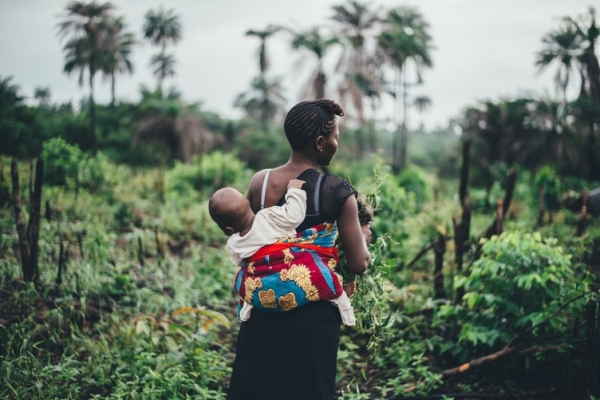The Report of the Secretary-General issued on the 6th May 2021 portrays the trends regarding the impact of armed conflicts on children and the nature of the grave violations committed against this vulnerable category of people from January to December 2020. The information enshrined in this document was surveyed by the United Nations, which confirmed its accuracy and reliability. However, it is worth recalling that, whenever the information is not verified, the report qualifies it as such. Moreover, the document does not deal only with the atrocities perpetrated directly against underage people, but it also emphasizes how attacks against individuals and organizations engaged with the safeguard of children raise huge concerns in relation to the overall framework of the protection of children.
According to the Secretary-General’s report, during 2020 a huge number of children fell victims of conflict-related atrocities, with 23946 grave violations verified by the United Nations. Amongst the 19379 minors affected by such infringements, 14097 were boys and 4993 girls (the sex of the remaining 289 is still unknown). The types of violations ascertained are manifold, such as killing (costing the life to 2674), maiming (affecting 5748) and the recruitment and deployment of children on the battlefield (involving 8521). Furthermore, the report emphasizes how, during the year taken into consideration, 4156 incidents of denial of access to humanitarian aid occurred, exacerbating the appalling conditions of children living in conflict-torn settings. Moreover, the report adopts a gender-sensitive lens, highlighting how the grave violations included in the document do not equally affect boys and girls. Indeed, according to the findings, whereas 85 per cent of minors recruited and used in the hostilities were boys, 98 per cent of sexual violence was committed against girls, even though the stigma attached to homosexuality may have led to an underreporting of the cases of male-directed indecent assaults. In addition, the report underscores how 2020 was sustained by a concerning increase of attacks against schools which, alongside the health crisis stemming from the Covid-19 pandemic, intensifies children’s difficulties to enjoy the fundamental right to education.
As to the countries in which such grave violations happened more often, the highest number of attacks against minors were reported in Afghanistan, Democratic Republic of Congo, Somalia, Syrian Arab Republic and Yemen. Last year all these countries were devastated by escalating hostilities, whose violence did not spare subjects under 18.
However, after having portrayed the dismaying scenario regarding the underage victims of conflicts, the report mentions some ambitious ways forwards intended to pull a plug on these atrocities. Firstly, it goes without saying that sustaining the functioning of the International Criminal Law machinery is crucial in order to fight impunity and promote the role of law and justice. Secondly, the report highlights the importance of including child protection provisions in the peace-making processes, as to build new societal structures inspired by the safeguard of such a vulnerable category of people. These commitments, alongside the tireless work of the humanitarian actors in the war-torn countries, can turn out to bring about pivotal improvements for the future of children.
Sources:
https://www.un.org/ga/search/view_doc.asp?symbol=S/2021/437&Lang=E&Area=UNDOC
Author: Gianpaolo Mascaro; Editor: Jasmina Saric







